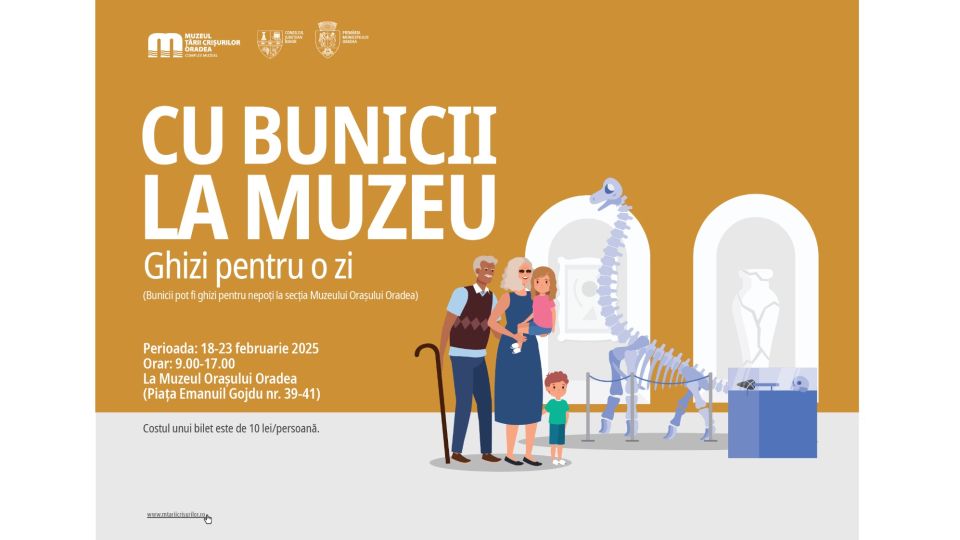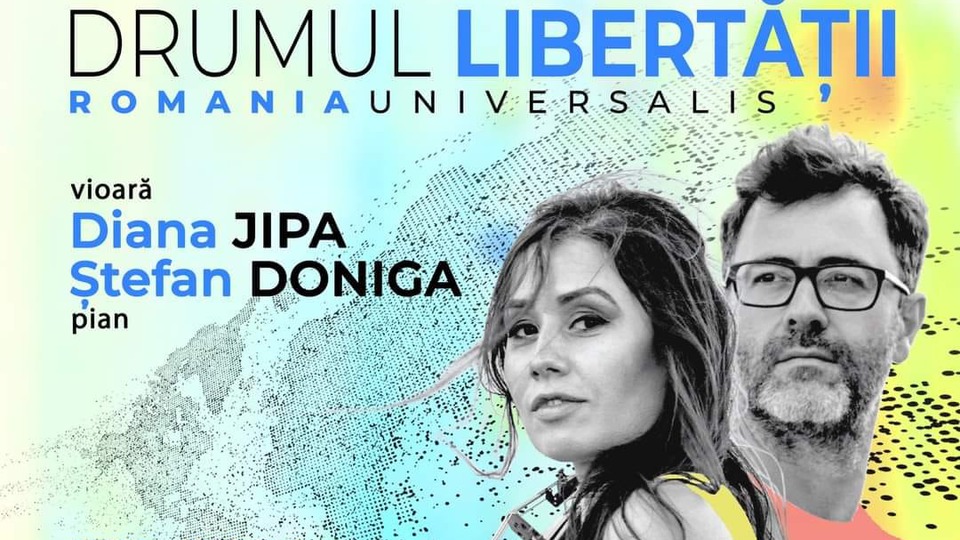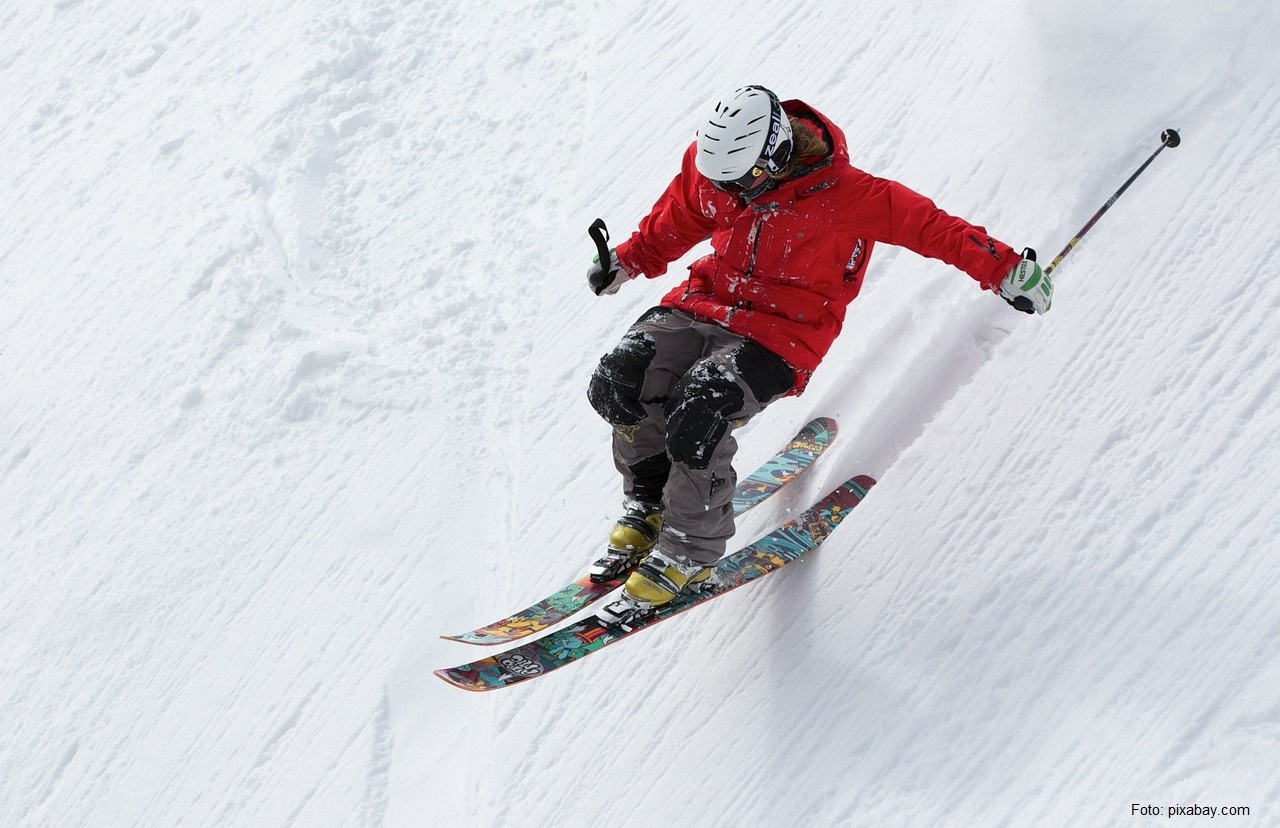Dancing with Burnout
The three women we are talking about today thought they would be tackling the phenomenon of burnout in their own original way

Ana-Maria Cononovici, 23.01.2023, 23:32
The three women we are talking about today thought they would be tackling the phenomenon of burnout in their own original way, seeking alternative solutions, though not necessarily solving the problem completely. They live at the same pace as the rest of us, and experience life with the same challenges, but they added in some additional sensibilities.
The result were some art residencies, some performances, and many continuing experiences. Choreographer Andreea Novac was the originator of the art project called Burnout, and told us the details:
“The Burnout project was born out of necessity, or a different reality that I was facing last year. This came after a few years when had burned quite enough. Last year I was at a point where, even though I had to go on one way or another doing what I was doing, I felt that I had depleted myself, and I had hit a dead end. So I wrote this Burnout project. One more major thing was that I was hearing the same thing from people in more or less close circles, especially in my profession. Every time I asked them how they were, they told me they were exhausted, that they had no energy left. So I conceived this project, which I submitted to the National Cultural Fund Administration, it won some financing, and I really wanted to look at burnout from several perspectives, not just as an artist. I wanted to understand burnout in a larger social context, why it emerges, or why we cant get rest, for instance, or cant afford to do so. I wanted to understand the effects of burnout on me, I am talking about the psychological effects. I wanted to know what it does to me physically as well, because burnout affects both the mind and the body. The body undergoes transformations too. This is how it all started. This idea ended up going in three directions, because we ended up with three artists getting involved.”
We then spoke to Alina Usurelu, visual artist and performer, who told us about her experience as part of this project:
“The Burnout project was initiated by choreographer Andreea Novac, who called me and Irina Marinescu over to collaborate with one researcher or expert each in terms of tackling the burnout phenomenon from different perspectives. Each one of us had a residency in a given city in Romania. For me it was Cluj. I did research into burnout at the Transit House in Cluj, together with Roxana, a physician, and we tried to look at this phenomenon from the perspective of 3 years of pandemic and war. This very strong flow of information affected us emotionally, and got us to a point of information overload, in spite of ourselves. For me it was an experience that made me realize, as a culture operator and as an artist, that I get involved into too many things at once, without realizing, burning myself out. So it was a very important experience for me, in order to auto-regulate in this context. Our society imposes on us a lot of roles, and we are not able to select the ones we want. We also lack the capacity to discern whether a role comes from the outside, or if we can live up to them. For me, the project is one I would love carrying forward. I had already had the experience of spaces outside of the city of Cluj. I presented this at a choreography center in Bucharest, and at the Superinfinity in a Window Gallery, which was a very interesting experience. My intention is to take this project to many other places, to challenge myself and the public.”
We then talked to Irina Marinescu, choreographer and performer.
“For me it was a deeply revealing project, which allowed me several further directions to work. This work is also personal, because I dont want to be in burnout anymore, because the three of us started this project from an honest desire to look at something that affects us all the time, and doesnt always affect us. This is very relevant for many people in many areas of activity. For me it was a personal remedy on top of everything. It is something I am still working on. Last year, after the residency, I was left with 2 research directions. I do dance workshops to recover from exhaustion. I also took information I have to improve the dance therapy I do. I want to take the performance and the work in progress I did last year and dedicate some time to carry them to more places. There were two parts. One part focuses on burnout and its effects, and the other one deals with recovery. I did residency in a mountain resort, my colleagues and I looked at what rest means, what recovery is, and so we set up our performance in nature, or in open spaces. We focused on the idea of soothing, or relaxation, of lullabies. I think this kind of performance has much more potential than that on a stage. It creates a bond, especially since I love working with performance installations that involve people. In this case, I did lullabies and was knitting while the participants held the string. I thought it would be a symbolic gesture, going against the multitasking culture in which we are stuck today.”
One of the conclusions of the researchers is that we each should set aside at least 10 minutes early each day, or even during the day, in order to do nothing except get in touch with our own bodies, finding out what we need that day, and what we can give up, even though it seems impossible.






























